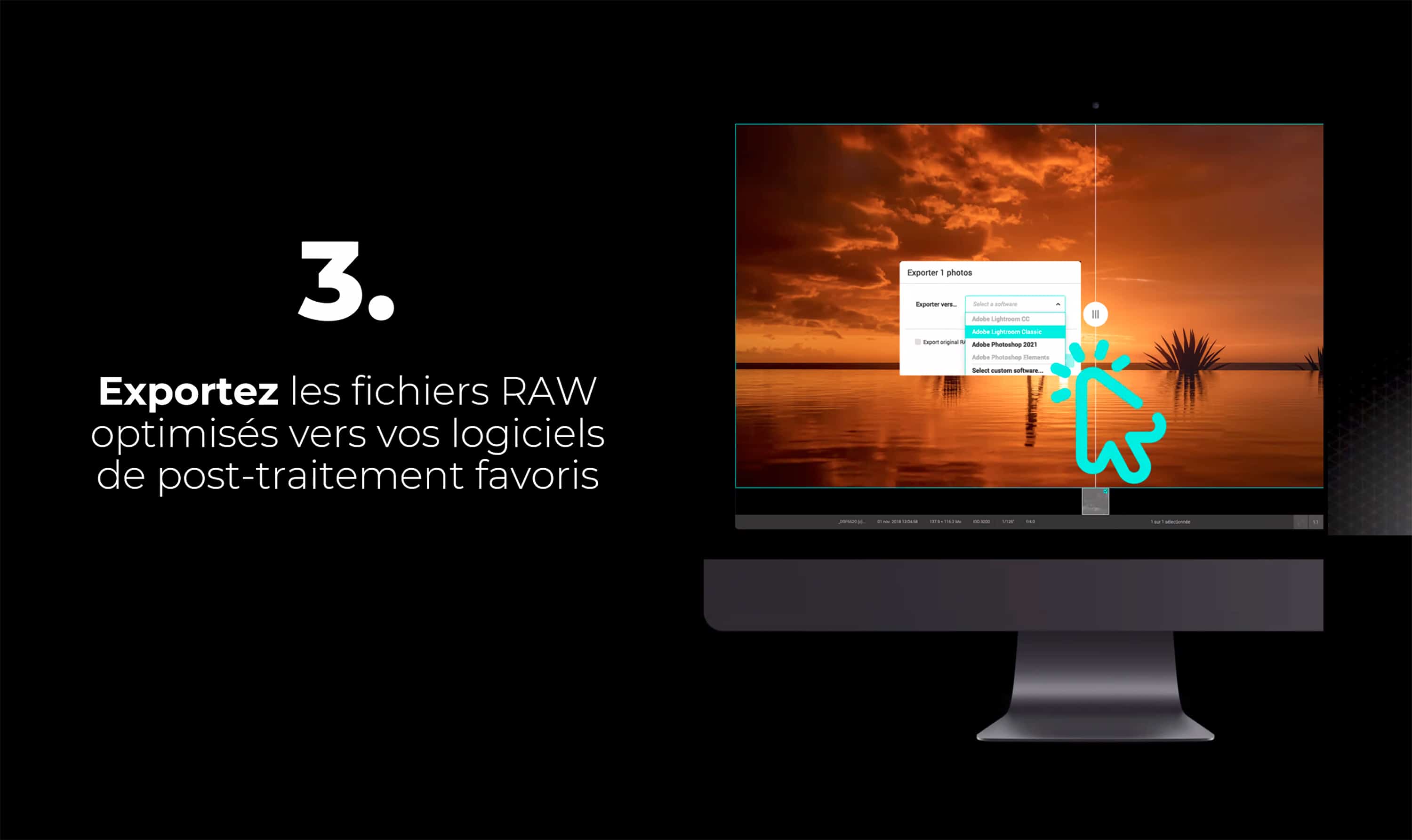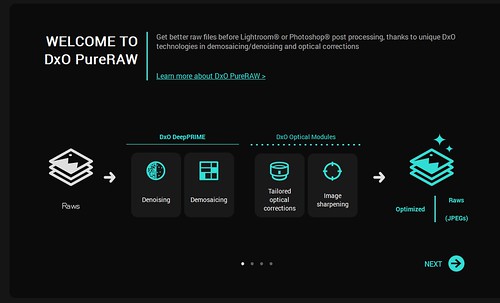
Getting Lightroom users to switch to another photo workflow and editing program is a hard sell, and DxO knows this.
Minor chromatic aberration remained in one test shot. Creates extra step in photo-editing workflow.  How to Set Up Two-Factor Authentication. How to Record the Screen on Your Windows PC or Mac. How to Convert YouTube Videos to MP3 Files. How to Save Money on Your Cell Phone Bill. How to Free Up Space on Your iPhone or iPad. How to Block Robotexts and Spam Messages. Additionally, users will now be able to access the entire image area captured by the camera sensor, giving more pixels and avoiding the crop typically enforced by other RAW processing software when correcting deformations. According to DxO, the software now offers options for levels of lens softness correction as well as the ability to toggle vignetting and chromatic aberration corrections with simple clicks. The PureRAW 3.0 update gives users more control, as well as more power with how they work on their images through a series of workflow and interface updates.
How to Set Up Two-Factor Authentication. How to Record the Screen on Your Windows PC or Mac. How to Convert YouTube Videos to MP3 Files. How to Save Money on Your Cell Phone Bill. How to Free Up Space on Your iPhone or iPad. How to Block Robotexts and Spam Messages. Additionally, users will now be able to access the entire image area captured by the camera sensor, giving more pixels and avoiding the crop typically enforced by other RAW processing software when correcting deformations. According to DxO, the software now offers options for levels of lens softness correction as well as the ability to toggle vignetting and chromatic aberration corrections with simple clicks. The PureRAW 3.0 update gives users more control, as well as more power with how they work on their images through a series of workflow and interface updates. 
With this update, images created with Fujifilm X-Trans sensor systems can finally take advantage of the DxO DeepPRIME XD noise reduction, color restoration, and detail enhancements for high ISO images. The PureRAW 3 update also brings support for Fujifilm X-Trans sensor cameras for DeepPRIME XD, which DxO says is a development reflected in PhotoLab 6.4, also released today.

This technology pushes the boundaries even further, and DxO PureRAW 3 will revolutionize any photographer’s images - and without disrupting their existing workflow.” “We quickly realized that a larger neural network could boost performance, and that’s what we’ve delivered with DeepPRIME XD. “DeepPRIME almost surprised us when we first saw the results,” explains DxO’s VP of Marketing and Product Strategy, Jean-Marc Alexia.







 0 kommentar(er)
0 kommentar(er)
